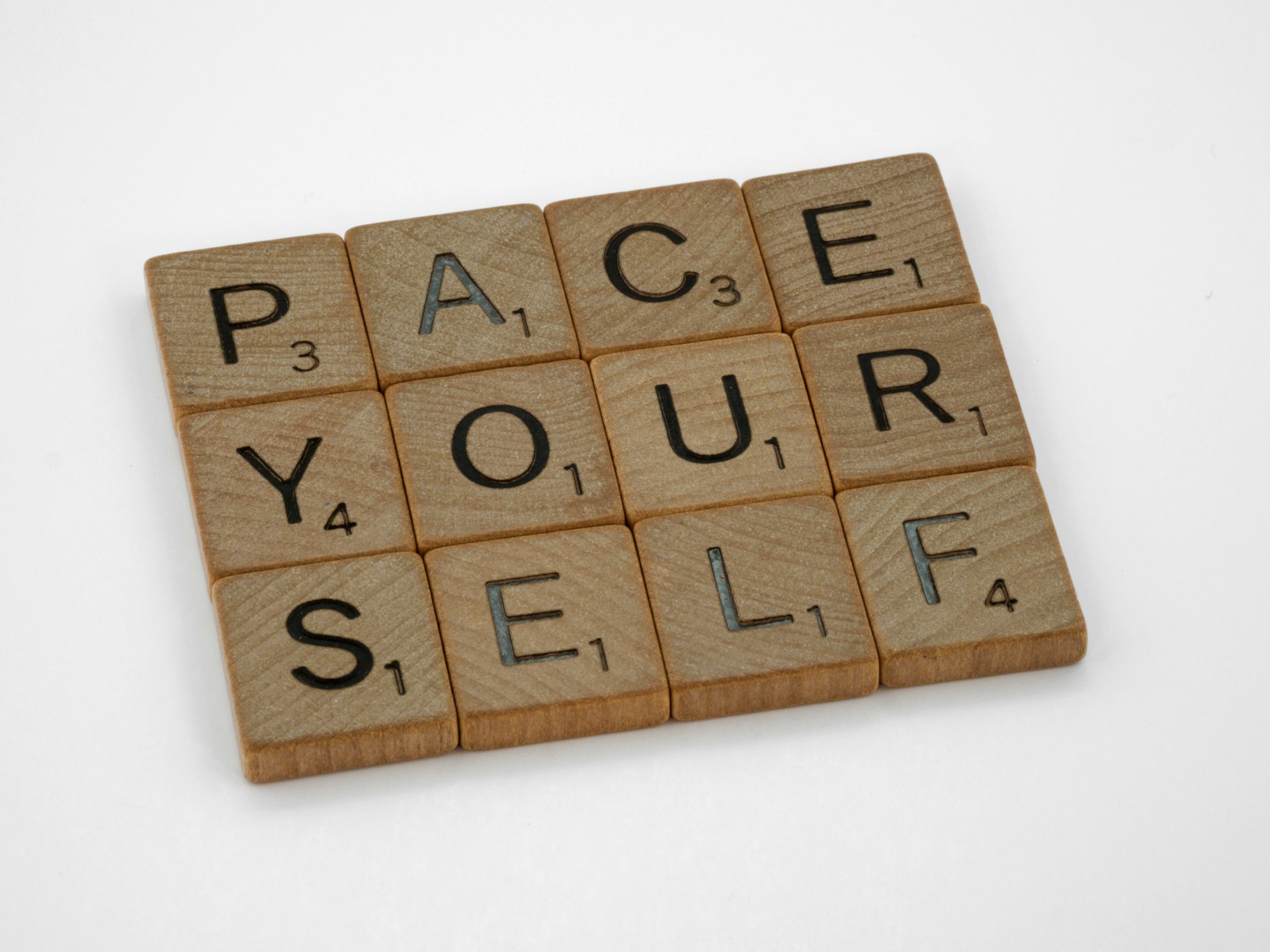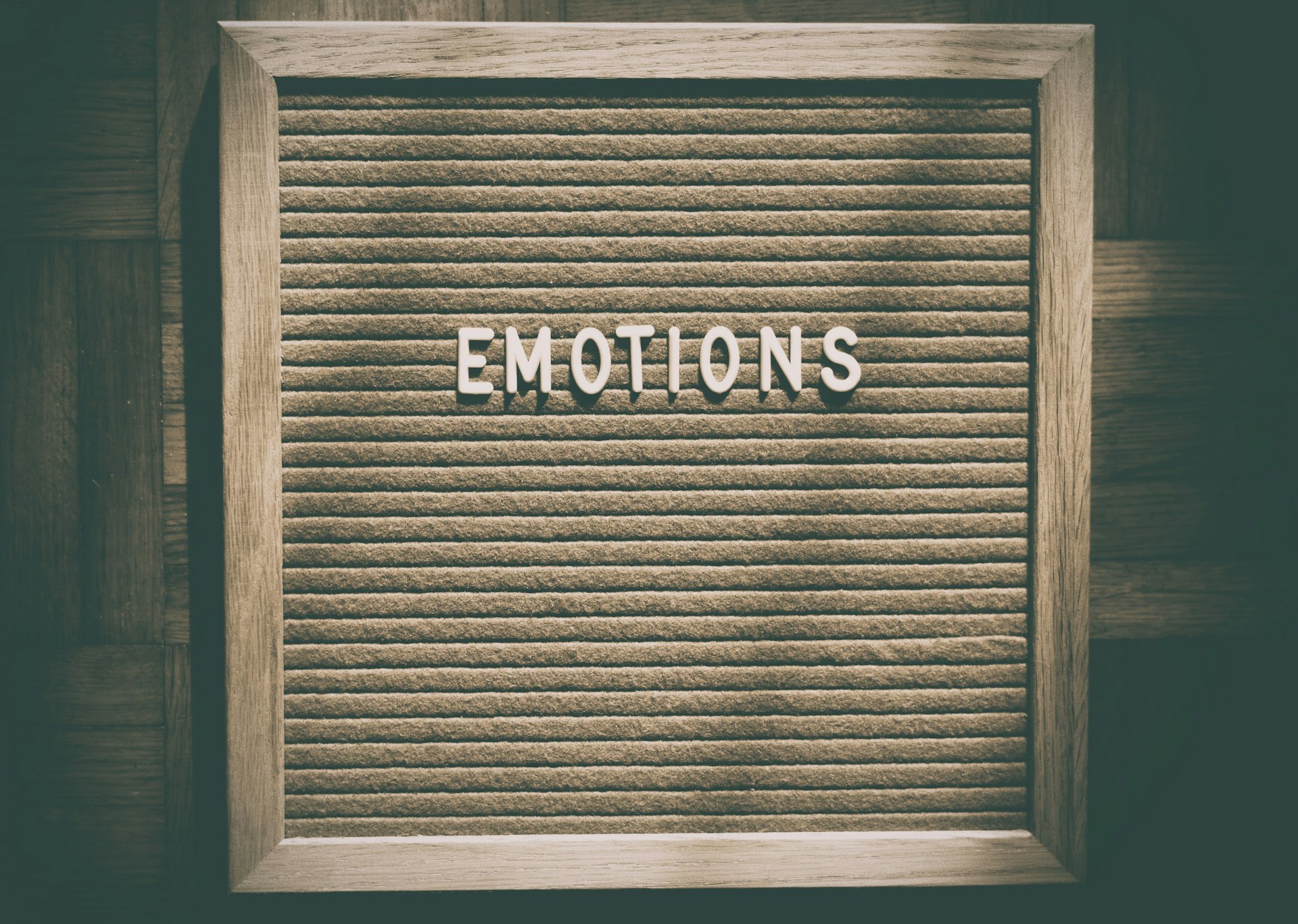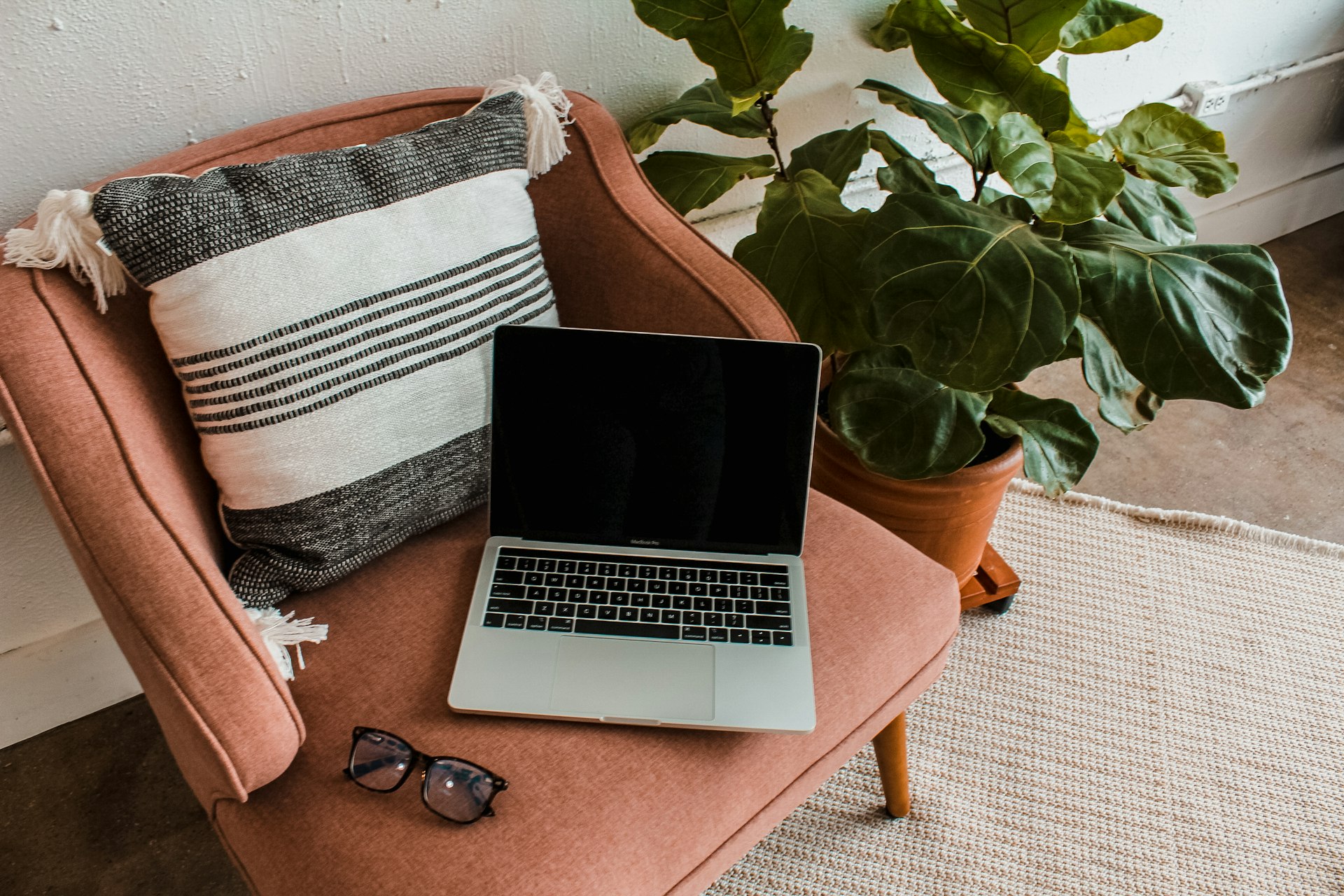Unlocking Mental Clarity: Building a Lifestyle Through Digital Breaks

Photo by Huang 211 on Unsplash
Introduction: The Modern Challenge of Mental Clarity
In today’s hyper-connected society, maintaining mental clarity can feel like an uphill battle. Constant notifications, endless feeds, and digital multitasking are the new normal. While technology has revolutionized communication and productivity, it also introduces cognitive fatigue, stress, and emotional exhaustion. Adopting a lifestyle that prioritizes digital breaks is increasingly recognized as vital for sustaining focus, creativity, and emotional well-being [1] .
Why Digital Breaks Matter for Mental Clarity
Continuous use of digital devices fragments attention and impairs our brain’s ability to process information effectively. Studies show that after each digital interruption, it can take an average of 23 minutes to fully regain focus [2] . This constant switching drains cognitive resources, reduces productivity, and increases mental fatigue. By regularly stepping away from screens, you enable your mind to reset, process information more deeply, and restore your ability to concentrate [3] .
For example, many creative professionals and entrepreneurs report periods of breakthrough thinking and problem-solving after structured time away from digital devices. In one widely reported case, Selena Gomez described how a technology-free retreat helped her restore focus, creativity, and self-connection [1] .
The Science: Digital Breaks and Your Brain
Excessive screen time is linked to overstimulation, increased dopamine cycles, and disrupted sleep patterns. Chronic exposure to digital content can disturb natural circadian rhythms and suppress melatonin, making it harder to fall and stay asleep [4] . This perpetual state of alertness diminishes mental clarity and heightens stress and anxiety.
Conversely, deliberate digital breaks-also called digital detoxes-lead to:
- Improved memory and sharper focus
- Enhanced creativity and problem-solving abilities
- Reduced stress and anxiety
- Better quality sleep and more consistent routines
- Stronger real-world relationships
Research from the University of California, Irvine highlights that minimizing digital interruptions allows for deeper cognitive processing and improved performance on complex tasks [2] .
Building a Lifestyle Around Digital Breaks
Transitioning to a lifestyle that embraces digital breaks requires conscious planning and persistence. Here are detailed, actionable steps to integrate digital breaks into your everyday routine:
1. Set Designated Screen-Free Hours
Begin with small, scheduled periods-such as during meals, in the hour before bed, or at the start of your morning. Use this time for analog activities: reading, journaling, exercising, or simply reflecting. Over time, gradually increase these intervals as it becomes part of your daily rhythm [5] .
Example: Many people find success by instituting a “no devices after 9 PM” rule, leading to better sleep and more mindful evening routines.
2. Practice Mindfulness and Meditation
Mindfulness activities-such as meditation, deep breathing, or mindful walks-help reduce mental noise and improve focus. Just 10-15 minutes a day without digital input can help reset your nervous system and create a sense of calm [5] .
Implementation: You can start by sitting quietly and focusing on your breath, or by following a guided meditation. Many local community centers and wellness organizations offer free or low-cost mindfulness workshops. To find one, search for “mindfulness meditation classes near me” or contact your nearest community health center.
3. Create Device-Free Zones
Establish specific areas in your home where digital devices are not permitted-such as the dining room, bedroom, or outdoor spaces. This reinforces boundaries and encourages more meaningful, in-person interactions [4] .
Example: Families who implement device-free dinners report stronger communication and emotional connection.
4. Use Technology Mindfully
When you do use digital devices, set clear intentions. Turn off unnecessary notifications, limit social media usage, and use apps designed to track and restrict screen time. Most smartphones offer built-in digital wellness tools-such as Apple’s “Screen Time” or Android’s “Digital Wellbeing”-that allow you to monitor and adjust your habits.
Implementation: To enable these features, visit your device’s settings menu and look for the “Screen Time” or “Digital Wellbeing” section. You can set daily app limits and schedule downtime from your device.
Overcoming Challenges: Common Obstacles and Solutions
It’s natural to encounter resistance when changing established digital habits. Fear of missing out (FOMO), work obligations, and ingrained routines can make digital breaks feel inconvenient or even anxiety-inducing. Here are strategies to address common challenges:

Photo by Teslariu Mihai on Unsplash
1. Gradual Reduction: Rather than quitting digital use abruptly, decrease screen time incrementally. Start with short breaks, then expand them as you become more comfortable.
2. Social Support: Inform friends, family, or colleagues about your digital break goals. Inviting them to join can create accountability and make the process more enjoyable.
3. Replace, Don’t Just Remove: Substitute digital activities with fulfilling offline alternatives, such as hobbies, exercise, or personal reflection. This helps prevent boredom and reinforces the positive outcomes of digital breaks.
Alternative Approaches for Unique Needs
While complete digital detoxes work for some, others may require tailored strategies. For individuals who rely on digital tools for work or caregiving, consider the following alternative approaches:
Microbreaks: Take several short digital breaks throughout the day, such as standing up and stretching, practicing a breathing exercise, or briefly stepping outside.
Scheduled Downtime: Block off specific hours each week for deeper digital disconnection, such as a technology-free Saturday morning or a device-free evening once a week.
Professional Support: If you find it difficult to manage digital habits or if screen use is affecting your mental health, consider seeking guidance from a licensed mental health professional. Many therapists now offer digital wellness coaching as part of their practice. To find a qualified provider, search for “digital wellness therapist” along with your city or state, or visit the official website of your local mental health association.
Accessing Resources and Support
If you’re looking to deepen your commitment to digital breaks and enhanced mental clarity, a variety of resources are available:
- Many community centers host workshops on mindfulness and digital wellness. Search for “digital detox events near me” or check with your local library for upcoming sessions.
- Most smartphones include digital wellness features-refer to your device’s official support page for instructions.
- For ongoing support, mental health organizations such as the National Alliance on Mental Illness (NAMI) and Mental Health America offer directories to locate mental health professionals in your area.
- If you wish to explore online therapy options, contact reputable providers directly through their official websites. Always verify credentials and reviews before committing to a service.
Should you require additional guidance, you may also contact your primary care provider or use official health department resources by searching for “digital wellness” or “screen time management programs” on their websites.
Key Takeaways: Cultivating Lasting Mental Clarity
Embracing digital breaks is not about rejecting technology but about using it intentionally to support mental clarity and well-being. Consistent, mindful breaks from screens allow your brain to recover, foster deeper relationships, and restore emotional balance. Whether you take microbreaks, set device-free zones, or pursue professional guidance, each step toward digital balance can lead to lasting improvements in focus, creativity, and happiness [1] [2] [3] [4] [5] .
References
- [1] Start My Wellness (2025). Digital Detox: How Reducing Screen Time Improves Mental Clarity.
- [2] Mental Wellbeing Association (2025). 5 Reasons to Have a Digital Detox.
- [3] Clarity Clinic (2025). How a Social Media Detox Transforms Your Mental Health.
- [4] AANMC (2025). The Benefits of a Digital Detox.
- [5] National Institute for Fitness and Sport (2025). Digital Detox: Take a Break for Mental Clarity.
MORE FROM mumsearch.com













